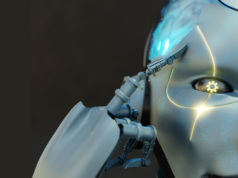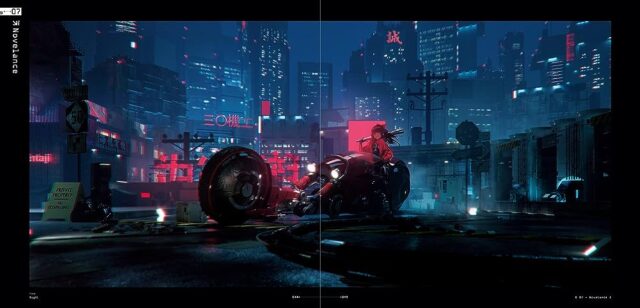
Science fiction has always been a genre that sparks our imagination, transporting us to distant planets, futuristic societies, and alternate realities. But what makes these captivating worlds come alive on the page? The answer lies in the mesmerizing art of sci-fi illustrators. This blog article will delve into the world of sci-fi illustrators, exploring their history, techniques, and the talented artists behind these otherworldly adventures.
The Evolution of Science Fiction Illustration
Science fiction illustration has a rich history that dates back to the early 20th century when pulp magazines like “Amazing Stories” and “Astounding Science Fiction” reigned supreme. These magazines featured stunning cover art that depicted thrilling scenes of space travel, alien encounters, and advanced technology, captivating readers’ imaginations. Artists like Frank R. Paul and Chesley Bonestell were pioneers of this era, setting the foundation for what was to come. Today, the legacy of these early sci-fi illustrators continues to influence and inspire contemporary artists, ensuring that the genre’s visual allure remains as captivating as ever.
The Golden Age of Sci-Fi Art
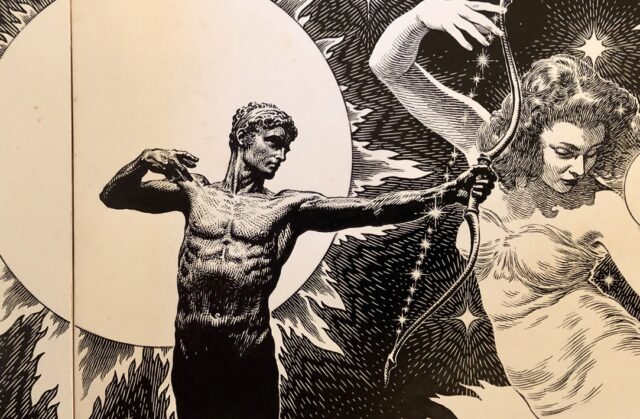
The 1940s and 1950s are considered the Golden Age of Science Fiction Illustration. During this period, sci-fi art took a leap forward, thanks to advancements in printing technology and the increasing popularity of science fiction literature. Artists like Virgil Finlay, Ed Emshwiller, and Richard Powers graced book covers and magazine spreads with their imaginative and captivating illustrations, further fueling the public’s fascination with the genre.
Enter the Digital Age
As technology evolved, so did science fiction illustration. The digital age brought forth new tools and techniques, enabling artists to create breathtaking visuals that were once only possible in their wildest dreams. Digital artists like John Harris and Stephan Martiniere emerged as leading figures in the industry, blending traditional art skills with digital mastery to produce awe-inspiring works that push the boundaries of imagination.
Science Fiction in Popular Culture
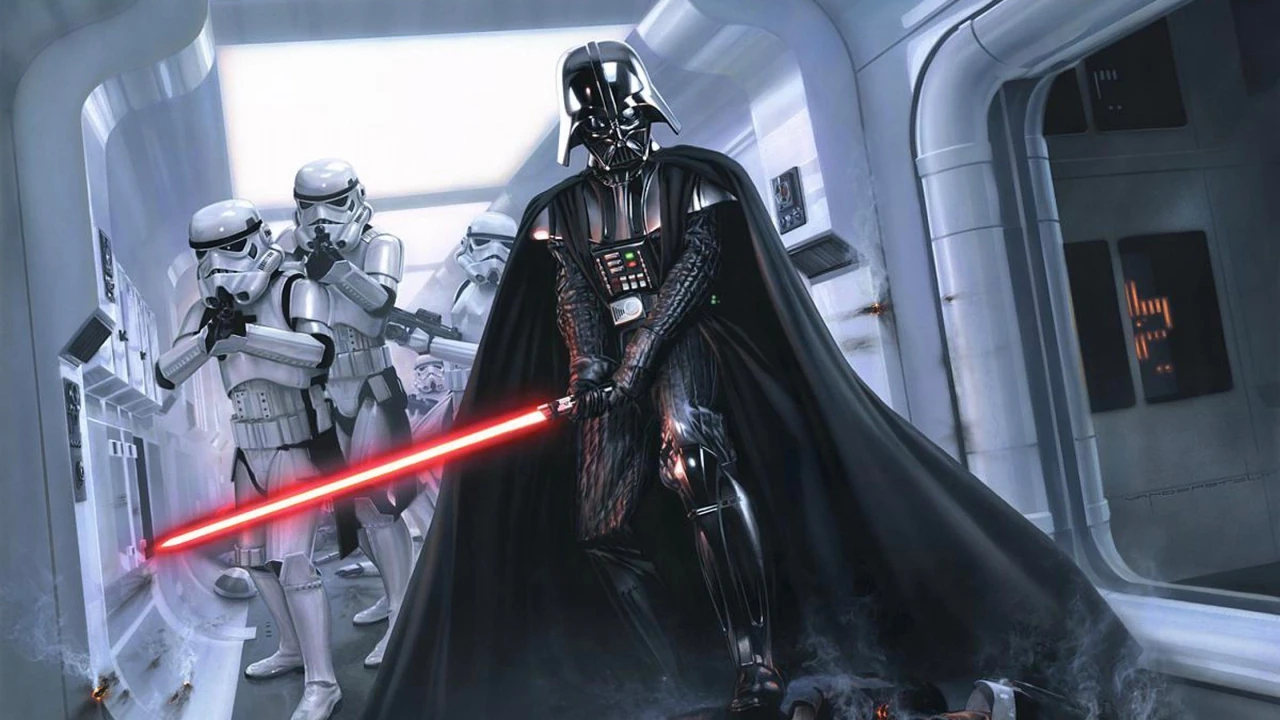
In the latter half of the 20th century, science fiction illustration became increasingly intertwined with popular culture. With the rise of sci-fi films, television series, and video games, artists had new avenues to showcase their talents and reach broader audiences. The iconic movie posters and concept art for classics like “Star Wars” and “Blade Runner” became as influential as the stories they depicted, solidifying the genre’s place in the mainstream.
Techniques and Styles in Science Fiction Illustration
Traditional Art vs. Digital Art
Science fiction illustration encompasses a wide range of techniques, with artists often choosing between traditional methods and digital tools. Traditional art, such as oil painting, watercolors, and acrylics, provides a tangible and organic feel to the artwork. On the other hand, digital art offers unparalleled flexibility, speed, and the ability to experiment with various visual effects.
Creating Alien Worlds and Extraterrestrial Beings

One of the most exciting aspects of science fiction illustration is the creation of alien worlds and beings. Artists use their imagination and a deep understanding of science to design unique creatures and landscapes that transport viewers to distant galaxies. From humanoid aliens to bizarre extraterrestrial creatures, the possibilities are limitless, and the art becomes a gateway to exploring the unknown.
Spaceships and Futuristic Technology
Spaceships and futuristic technology are iconic elements of science fiction illustration. Whether it’s sleek starships gliding through the cosmos or intricate cityscapes filled with advanced machinery, these elements help establish the futuristic setting and enhance the sense of wonder in the artwork. Artists often pay close attention to details, ensuring that every rivet, circuit, and engine is meticulously designed to portray a believable future.
The Masters of Sci-Fi Art: Influential Artists
H.R. Giger: Surrealistic Nightmares
H.R. Giger, a Swiss artist, is celebrated as one of the most influential sci-fi illustrators, best known for creating the iconic design of the xenomorph in the “Alien” film franchise. His work often delves into dark and surrealistic themes, featuring biomechanical creatures and eerie landscapes that leave an indelible mark on science fiction illustration.
Chris Foss: Bold and Visionary
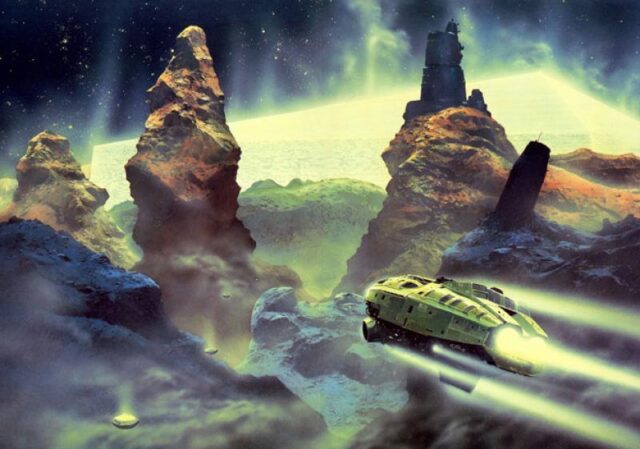
British artist Chris Foss is a true visionary in the world of sci-fi illustration. His distinctive style showcases bold and imaginative spaceship designs, often characterized by vibrant colors and striking shapes. Foss’s spacecraft designs have graced the covers of many sci-fi books and influenced the visual identity of the genre in the 1970s and beyond.
Moebius: A Master of the Fantastic
Jean Giraud, known by his pseudonym Moebius, was a French artist whose art transcended traditional boundaries. His unique and fantastical style seamlessly blended science fiction, fantasy, and surrealism, earning him international acclaim. Moebius’s impact can be seen in various forms of media, from comic books to blockbuster movies.
John Harris: Beyond the Stars
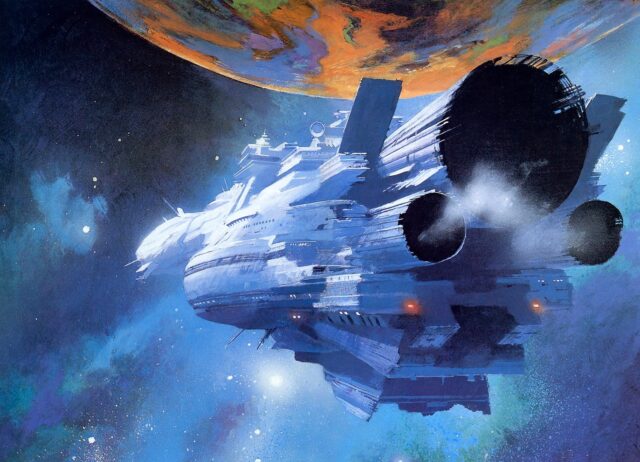
John Harris, a contemporary sci-fi illustrator, is celebrated for his ability to transport viewers beyond the stars. His work often depicts stunning vistas of alien landscapes and futuristic cities, evoking a sense of wonder and awe. Harris’s fusion of traditional art skills with digital techniques has allowed him to create breathtaking visuals that push the boundaries of imagination.
Stephan Martiniere: Envisioning Tomorrow
Stephan Martiniere, a renowned digital artist, is a master of envisioning tomorrow’s worlds. His work showcases intricate and imaginative scenes that bring futuristic technology and alien civilizations to life. Martiniere’s contributions to the science fiction genre have earned him numerous accolades and made him a prominent figure in the world of sci-fi illustration.
These five master sci-fi illustrators have left an indelible impact on the genre, shaping how we envision the future and explore the vast reaches of the unknown through the power of art. Their creative visions continue to inspire both fellow artists and enthusiasts of science fiction worldwide.
The Future of Science Fiction Illustration
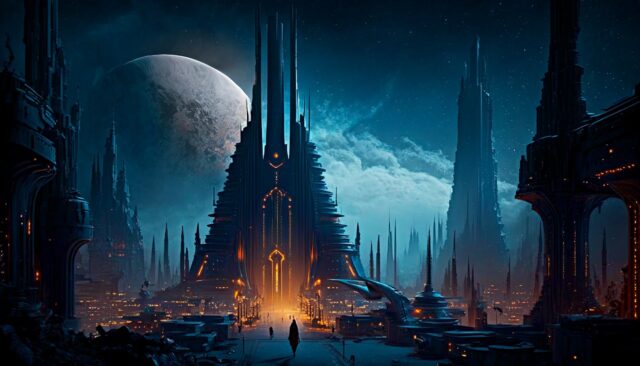
The world of science fiction illustration continues to evolve, driven by advances in technology and the boundless creativity of artists. Virtual reality and augmented reality are becoming new frontiers for sci-fi artists to explore, allowing audiences to immerse themselves fully in the artist’s imagined worlds.
Moreover, diversity and inclusion are gaining prominence in the genre. Artists are increasingly incorporating diverse characters and cultural influences, making science fiction illustration more representative and appealing to a broader audience.
In conclusion, science fiction illustration remains a vital and awe-inspiring aspect of the genre’s allure. Its ability to ignite our imaginations and transport us to otherworldly adventures is a testament to the power of art to enrich our lives and broaden our horizons. As long as there are dreams of the future and the unknown, science fiction illustration will continue to captivate and inspire generations to come.

